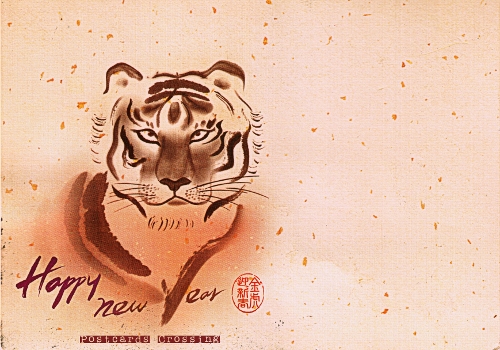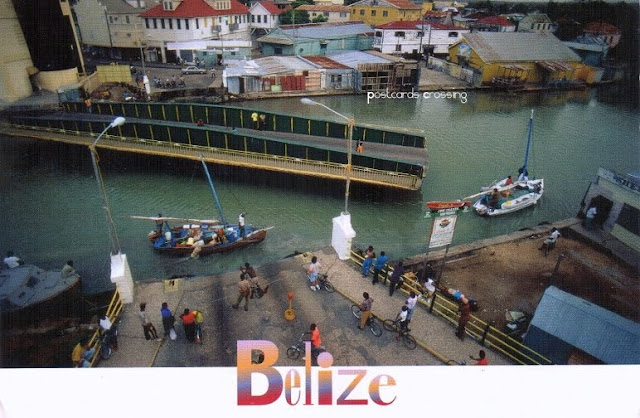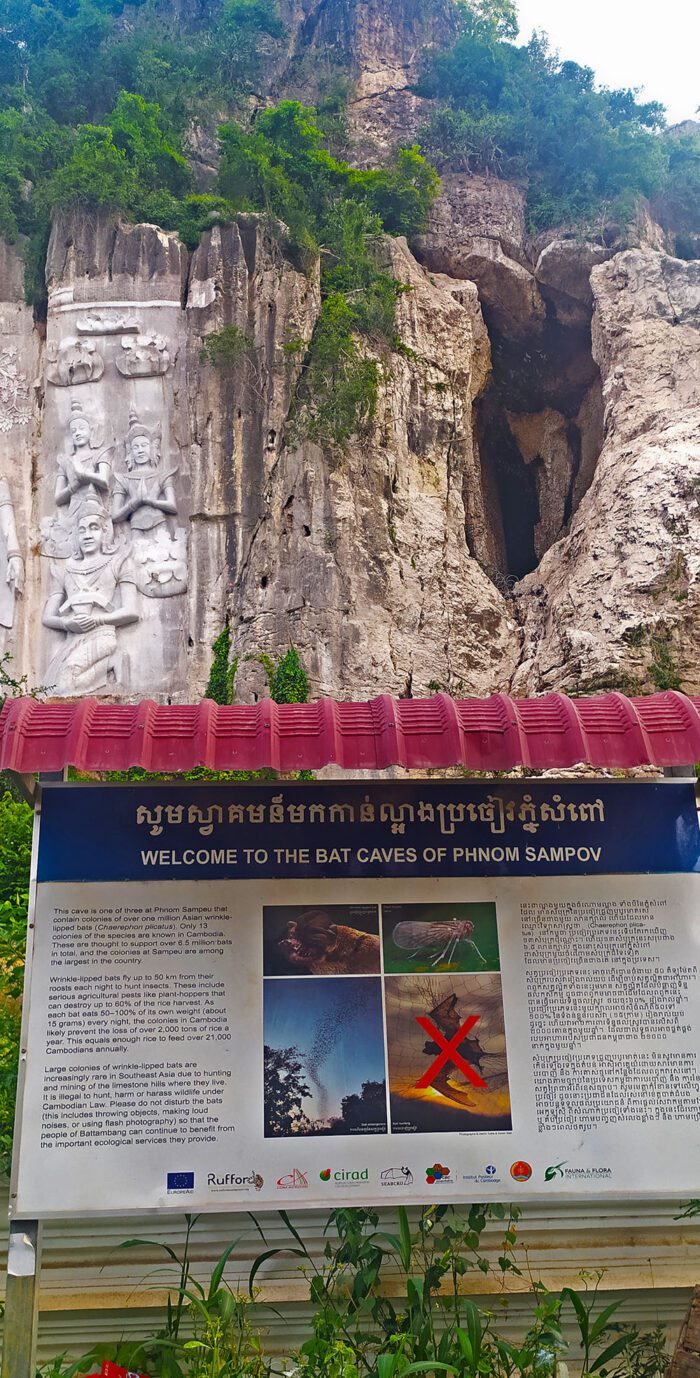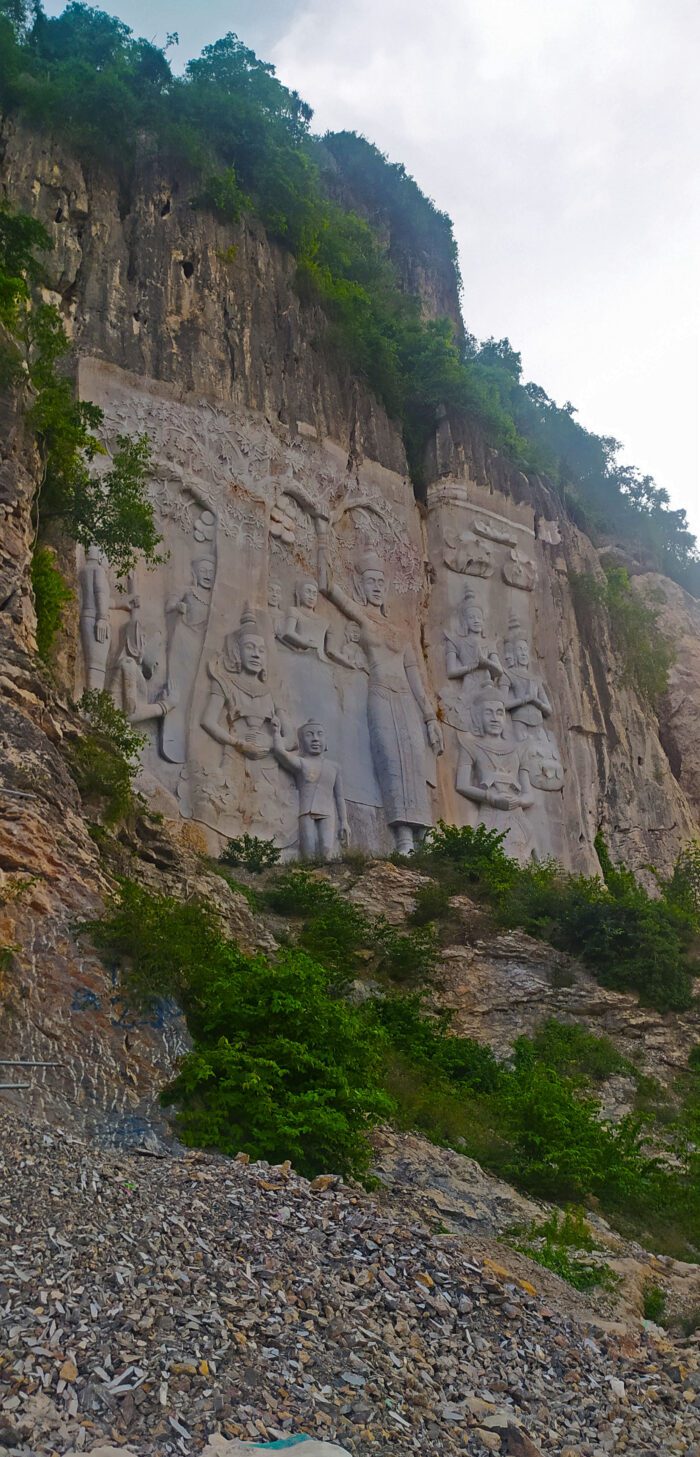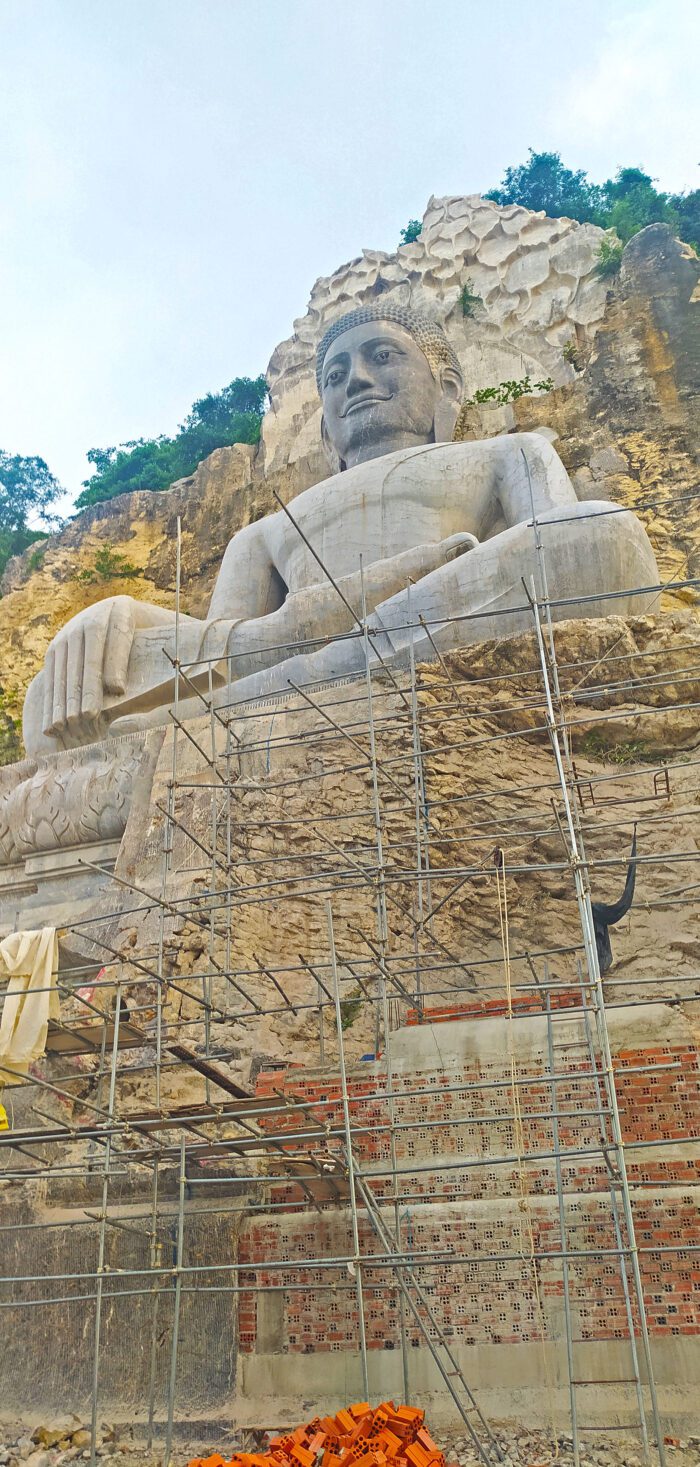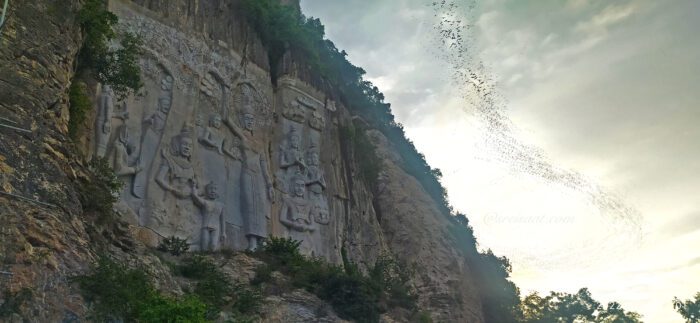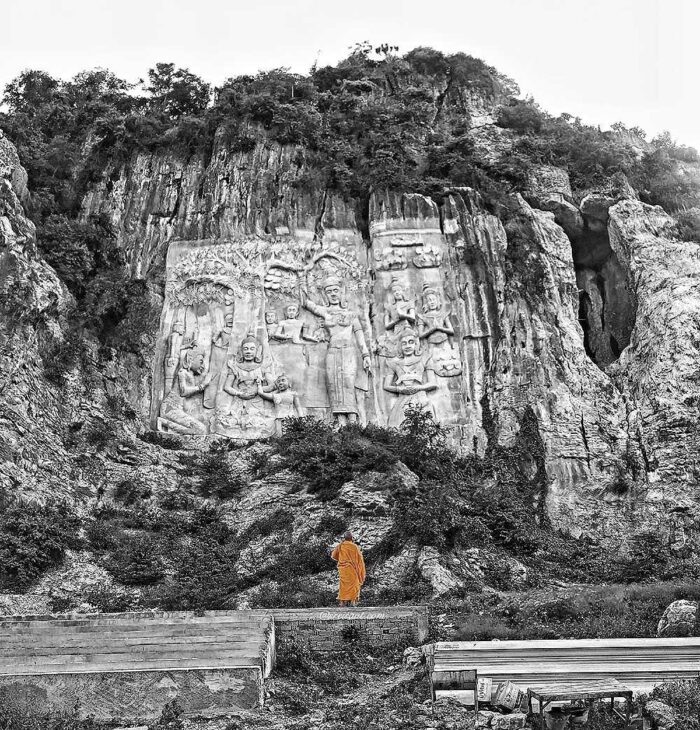This week’s Sunday Stamps takes us on a journey to Taiwan, celebrating a beloved national holiday – the Lunar New Year!
In 2010, I received a stunning postcard from Taiwan, featuring a beautifully painted tiger. While some might find it fierce, for me, it embodies the strength and energy of the tiger. Plus, guess what? Look closely – one of the stripes cleverly hides the letter “Y,” making it a unique “Y2010” keepsake!
Flipping the postcard over reveals a matching tiger stamp, below, issued by Chunghwa Post in 2010.
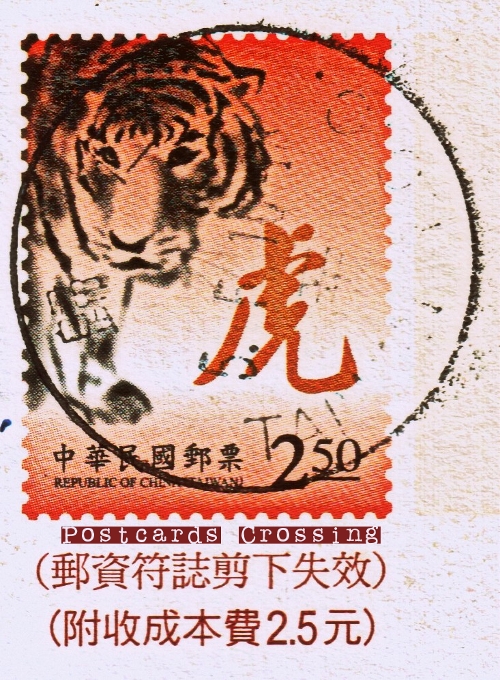
Just like the postcard’s tiger, the one on the stamp isn’t just any big cat! They’re tied to a specific celebration: Lunar New Year festivities. The stamp showcases a majestic tiger with a powerful gaze, mirroring the traditional associations of the Tiger in Chinese astrology. These traits – farsightedness, optimism, and a go-getter attitude – are all believed to bring good luck in the new year!
The stamp, and the postcard, are a celebration of the vibrant cultural traditions surrounding Lunar New Year in Taiwan. They also serve as a reminder of the special connection people have with their zodiac animal, and the connection between philately and national holidays that offer a glimpse into a country’s heritage and festivities.
As someone born in the Year of the Tiger, the postcard and corresponding stamp hold a truly special meaning in my collection. What is your favourite postcards and stamps find?
